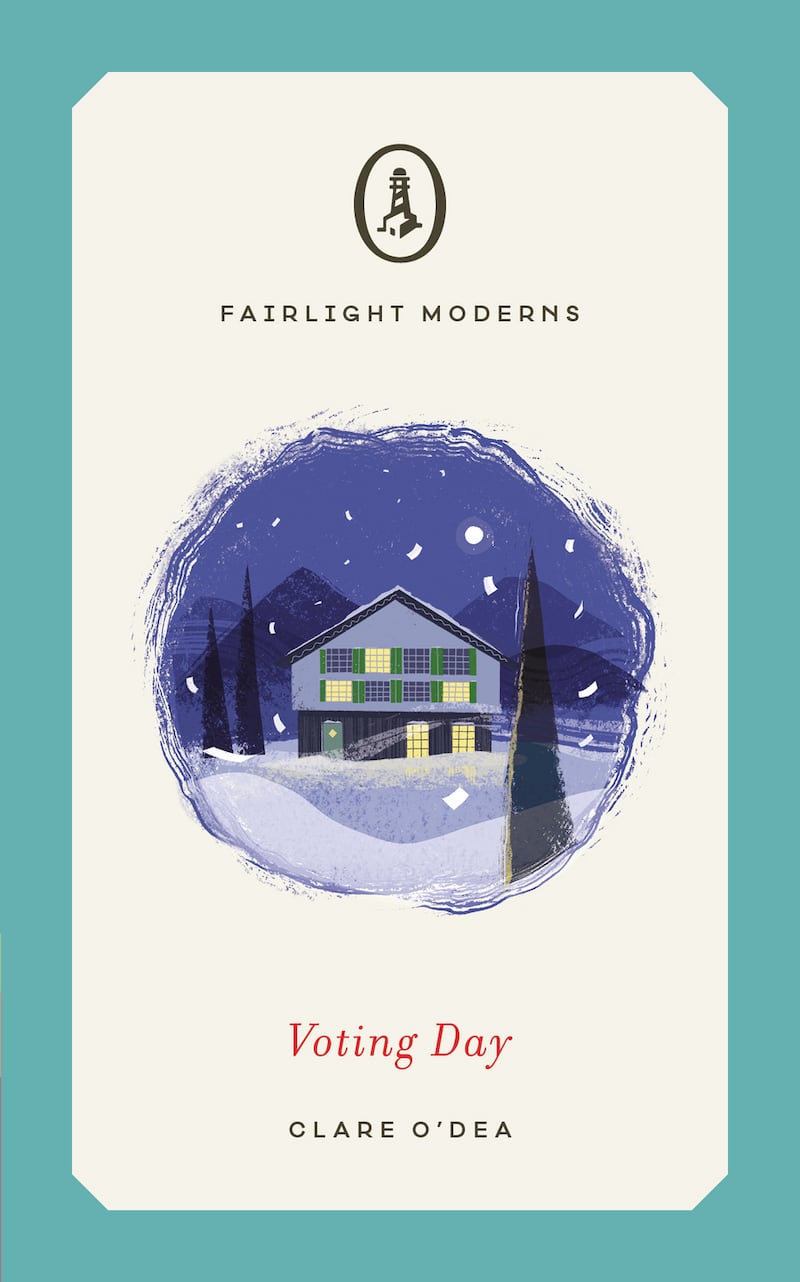Last year Switzerland faced an uncomfortable milestone, the 50th anniversary of women being granted the right to vote. Ireland marks a century of full female suffrage this year. Does that mean Irish women were in a much better position than their Swiss sisters in 1971? Sadly not.
Looking back, it is shocking how little benefit the right to vote brought Irish women.
In 1971, when the first ever Swiss women walked into the Federal Palace in Bern to take up their seats in parliament, they occupied 11 seats between the two chambers, representing 4.6 per cent of the total (240).
Irish women, with a half a century of democracy behind them, had an even poorer level of representation that year, with just four women TDs out of 158 seats in the Dáil, and five senators out of 60, or 4.1 per cent overall.
This shows how effective the barriers to political participation were at that time. It demonstrates that, apart from a small number of women who mostly inherited their seats from a father or husband, Irish women were not at the political table in any meaningful way in Ireland. The same applied to any other major sphere of society. Just like in Switzerland.
Irish women were disempowered in myriad other ways – by denying them control over their fertility, removing their agency through marriage and limiting their place in the economy and public life.

Like Irish women, Swiss women at that time were held back by sex-based discrimination, especially within marriage which was a form of civil death. Both countries applied a marriage bar for women in the civil service.
Until 1988, when the Swiss equal marriage law came into force, a Swiss woman needed her husband’s permission to work or have a bank account. Her assets and children were under his control. Until 1992 when equal citizenship rights were finally guaranteed, Swiss women did not automatically retain their Swiss citizenship upon marriage to a foreign citizen.
So far, so bad for both nationalities. But Swiss women were in a much better position in relation to childbearing. They had access to contraception, and some access to abortion (full legalisation came in 2002). By and large, a Swiss woman in 1971 had the family size of her choice.
The fertility rate for Swiss women was 2.04 children in 1971, compared to 3.93 in Ireland. Having twice as many children to look after left little time for Irish women to do anything else but keep up their constitutionally established “duties in the home”.
To give a flavour of the tone around the issue of family planning in Ireland in this era, the Catholic primate John Charles McQuaid wrote in his 1971 Lenten pastoral letter that, “civil divorce is evil and contraception is evil; there cannot be, on the part of any person, a right to what is evil”.
Meanwhile, those two evil things were an option in Switzerland, despite what the Catholic hierarchy of the country might have wanted. With two main Christian churches, Catholic and Protestant, more or less evenly divided population wise, Switzerland was always clear on the separation of church and state.
When it comes to state-sanctioned restrictions and cruelty inflicted on women and girls because of their sex and fertility, the Irish may think they had the worst-case scenario in the mid-20th century. But this is an area where male-run societies are famously inventive and the Swiss also excelled at oppression.
Switzerland had its own architecture of containment for women who transgressed the social codes. The two worst things you could do were to become a financial burden to your community or breach the very conservative rules of respectability.
There was an administrative provision under Swiss law that allowed young Swiss women to be detained for a “depraved lifestyle” or “licentiousness”, without any trial or means of appeal. It was often used against unmarried women and girls who were pregnant. Many of them had been in the care of children’s homes.
Without family support, it was virtually impossible for an unmarried woman to keep her baby. One such survivor I interviewed lost two children to forced adoption in the 1970s.
Swiss local authorities, who were also the source of social welfare payments, had a lot of power to intervene in poor families. Placing poor or neglected children in institutions was favoured above providing financial support to families. It was also common to place children with farming families in a totally inadequate form of foster care with no protection against exploitation and abuse.
These historical injustices have been brought to light in recent years by survivors, campaigners and the media. The response has been similar to Ireland, including official apologies and reports, and compensation schemes.
In the relatively recent past, both Swiss and Irish societies shared the world view that the children of unmarried mothers were an unwanted burden, and that women were not clever enough or important enough to share power. That mentality caused untold harm.
There are two final stains on the Swiss record which differ from Ireland. One was the practice of forced sterilisation of “unfit” women, especially of psychiatric patients, women under guardianship and unmarried mothers. This was more common in non-Catholic parts of Switzerland.
The other was the official Kinder der Landesstrasse (Children of the Country Road) programme, which ran from 1926 to 1973. Its aim was to end the way of life of the Yenish minority of Swiss Travellers by forcibly placing their children in care.
In a recent interview about my novel set in Switzerland in 1959 on the day Swiss men voted no to granting women the vote, I was asked which country I would prefer to have lived in at that time. The answer is neither. I certainly would not have wanted to fall on hard times in either country as a woman.
Both the Swiss and Irish women’s movements pushed the transformation of their societies from the 1970s on, gaining rights and protections for women in marriage, motherhood and the workplace.
Our lives have changed for the better in many ways – most recently with the decriminalisation of abortion in Ireland in 2018 – but not beyond recognition. When I look at the problems my characters faced in 1959, too many of them are still familiar to allow for complacency. We know what the age-old problems are, we just don't seem to know how to solve them – with or without the vote.
Clare O'Dea is an Irish writer based in Switzerland. She is the author of The Naked Irish: A Nation Behind 10 Myths (Red Stag Books, 2019) and her first novel Voting Day was published by Fairlight Books on April 1st.




















